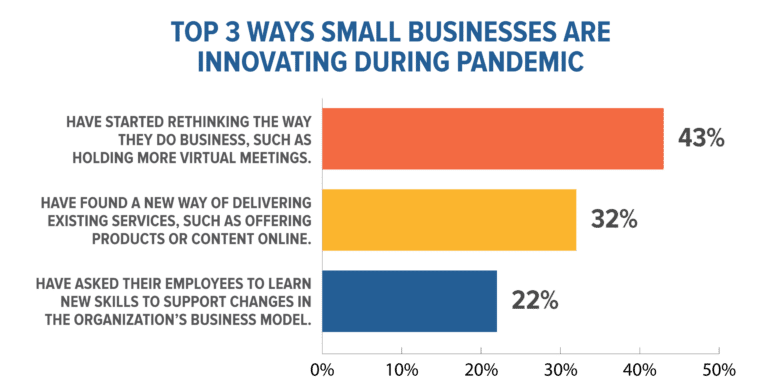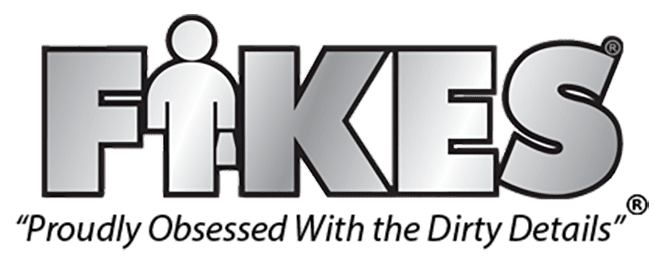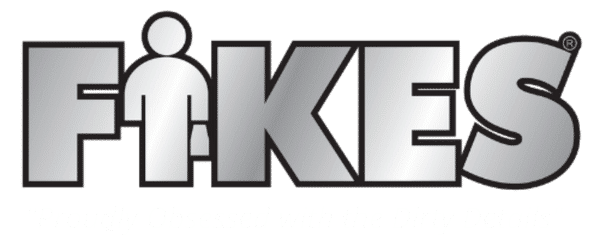- Put health and safety first
- Assess the impact on operations
- Reach out

- Be ready to adapt
COVID-19 is changing our lives in ways and at a scale we could never have imagined. The business plan you had 90-days ago isn’t what it is today. You need a plan to adapt and reconfigure your business for each stage of this crisis. If it’s a short-term problem, then cutting costs and other variable spending like new hires, and travel may help you through.
If your business has seen immediate impacts, look for ways to support your client needs or diversify your products and services during this time. For example, dog walking companies are keeping revenue flowing in creative ways. Some are helping clients in vulnerable age and health groups by doing their grocery run. Others are finding new clients among at-risk groups or families with home-schooled kids who are suddenly in need of a dog walker. At Fikes, we are doing thorough disinfection for the apartment complexes, retail, healthcare, offices, restaurants and others – we’ve been doing disinfection for over 25 years.
It’s hard to look and plan too far ahead. However, if the pandemic and lockdowns continue for many more months, then you need another contingency plan which will depend on your situation.
- Stay on top of the fast-changing compliance landscape
You have to keep an eye on shifting developments at the government level that directly affect your work such as filing documents and turnaround times. Many Secretary of State offices have eliminated expedited services, while others have removed or greatly restricted counter service.
Having a remote workforce can also introduce new state compliance requirements that must be considered such as state payroll and income tax filing, or the need to register to do business in a new state. Also, state and local governments are constantly issuing updates on the Coronavirus situation. Do your best to keep up with those and adjust your strategy.
- Be prepared for emergencies, and disinfect!
With your employees and customers safe and healthy at risk, make sure you do your best to disinfect and sanitize all the surfaces, including the high-touch ones. It is imperative to contact the right company that can quickly and professionally disinfect your business if you had a COVID-19 case. Moreover, the use of special disinfectants or commercial disinfection services daily or weekly is great for the overall well-being of your customers, employees and helps you enhance your image! Do not forget to use only EPA-approved disinfectants from List N, and make sure that you hire (if you will) a licensed, professional company to do you service.
After it is all gone and your operational and financial impacts mitigated as best you can; take stock and think about how you’ll successfully restore operations when the COVID-19 pandemic is over. This is likely to be a life-changing event that could bring a wealth of new opportunities for startups and small business owners.
Find ways to introduce greater efficiencies into your business, such as reducing your physical footprint by making permanent your work from home policies. And consider your financial situation. Are there measures you can take to ensure you have healthy cash flow and a safety net going forward?
None of us knows what’s coming next or if we’ll face a pandemic like this again in our lifetimes. But it pays to have a plan to bring your business through emergencies like COVID-19 and ensure it’s in a strong position for recovery once it has passed.



